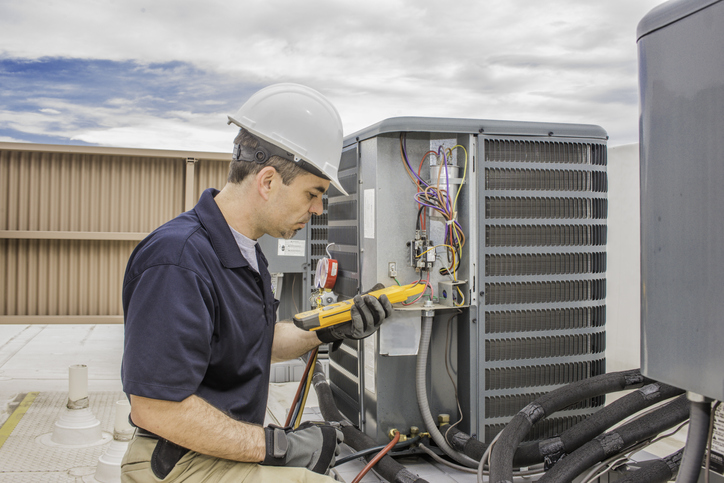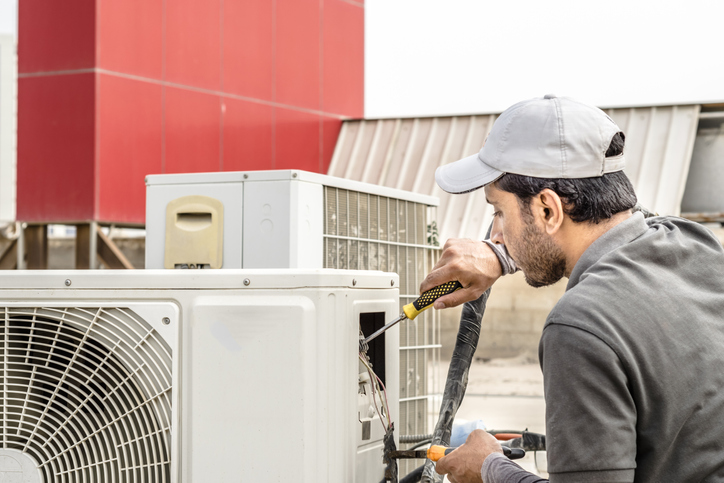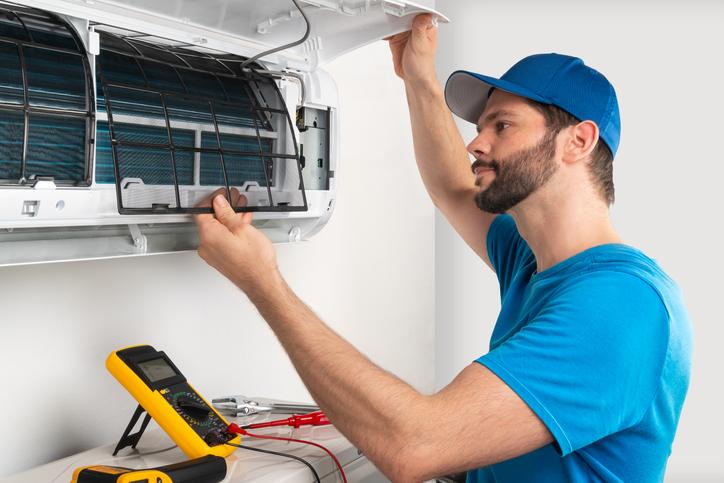Being a business owner comes with a lot of perks, like the ability to set your own hours and to feel more in control of your career. The HVAC industry is a particularly good field for becoming a business owner. According to Statistics Canada, the demand for HVAC technicians is currently very strong in every region of Ontario, due to the province’s growing population. If you dream of becoming your own boss, read on to learn some of the steps involved in starting your very own HVAC business.
Attend a Good HVAC College and Complete Your Training and Apprenticeship
HVAC is a regulated trade in Ontario, which means you’ll need to complete training, an apprenticeship program and pass the G2 Gas Technician and G3 Gas Technician certification tests. Completing these steps allows you to register as a journeyperson and start your own HVAC business.
However, it’s important to note that becoming a journeyperson takes time—8,280 hours of on-the-job experience and 720 hours of in-school training. Students can view their apprenticeship as an opportunity to learn the technical side of the job, make contacts in the industry and gain a reputation as a dependable and trustworthy technician.
HVAC students at NATS will have the opportunity to take their G3 and G2 Gas technician exams
Blueprint to Success: Develop a Solid HVAC Business Plan
After you’ve earned your HVAC certification, it will be time to start drawing up a business plan. Your business plan is an outline of the concrete steps you will take to turn your idea of a business into a reality. It typically covers such things as working hours, projected revenue, marketing strategy and estimated expenses.
A comprehensive business plan will help you build your HVAC business
Having a business plan is important not only because it gives you a blueprint to follow, but because it can help you raise the capital you need to buy tools, vehicles and equipment when starting out. While you may be able to cover some of these start-up costs yourself, you’ll probably need to get a business loan from a bank to cover the rest. A bank will likely want to see a business plan before loaning you any money.
Gain Clients Through Networking During HVAC College and Beyond
As a new business, you won’t have an established reputation like other companies that have been in business for longer periods of time. In order to attract customers, you’ll need to develop a strategy which will allow your business to gain visibility with your prospective clients.
One way to do this is to reach out to others in the industry, such as connections you made while attending HVAC college as well as during your apprenticeship. Those contacts can help you in a number of ways, like directing you to construction firms that are looking to partner with an HVAC subcontractor and even setting you up with clients they may be too busy to service themselves.
Additionally, don’t underestimate the power of the internet. Word-of-mouth has always been a standard way for HVAC companies to attract new business, and the internet has amplified this, providing prospective customers with lightening quick access to client testimonials, reviews and recommendations about your business. Make sure you are on Yelp, Google My Business and other relevant digital platforms, and always encourage your customers to leave reviews of your business on these platforms. The more positive reviews you have, the more likely you are to attract new business.
Do you want to become an HVAC technician?
Contact North American Trade Schools today and learn more about our programs.


 Prove your attention to detail by spotting and removing resume typos
Prove your attention to detail by spotting and removing resume typos




